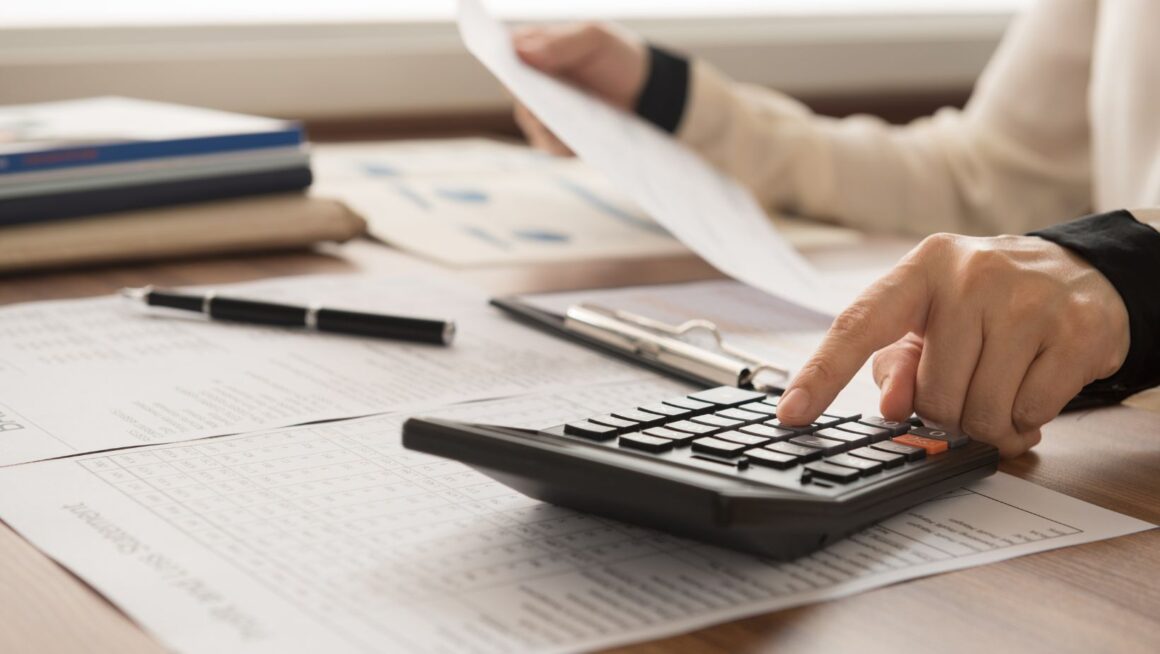Lease accounting, a critical aspect of financial reporting for many businesses, has undergone significant changes with the introduction of new standards like ASC 842 and IFRS 16. These changes aim to increase transparency and comparability across organizations by bringing lease obligations onto the balance sheet. Understanding and mastering the principles of lease accounting is essential for financial professionals to ensure compliance and optimize their company’s financial strategy. This article provides a detailed overview of lease accounting, the challenges it presents, and practical tips for mastering its application in business practices.
Table of Contents
ToggleUnderstanding Lease Accounting Standards
Lease accounting involves the accurate recording, reporting, and analysis of leasing agreements. The standards set forth by the Financial Accounting Standards Board (FASB) and the International Accounting Standards Board (IASB) have transformed how companies account for leases, particularly concerning how they recognize, measure, present, and disclose leasing activities.
Key Provisions of the New Standards
The new lease accounting standards require lessees to recognize nearly all leases on their balance sheets as right-of-use assets and lease liabilities. This shift aims to provide a more accurate picture of a company’s financial obligations and resources.
- ASC 842 (U.S. GAAP): Applies to public and private companies and focuses on better transparency and comparability by recognizing lease assets and liabilities on the balance sheet and disclosing key information about leasing arrangements.
- IFRS 16 (International): Replaces the previous IAS 17 standard and requires companies to recognize all leases (with limited exceptions) on the balance sheet, fundamentally changing the way businesses account for leases.
Practical Challenges in Lease Accounting
The transition to the new lease accounting standards has posed several challenges for businesses, particularly concerning the implementation process and ongoing management of lease data.
Data Collection and Management
Gathering and organizing detailed information on every lease agreement can be daunting, especially for companies with extensive lease portfolios spread across multiple locations. The key challenges include:

- Ensuring completeness and accuracy of lease data.
- Updating and maintaining lease information as terms change or new leases are signed.
- Integrating lease accounting software with existing financial systems.
System and Process Adjustments
Adapting to the new standards often requires significant changes to accounting systems and processes. Companies must assess whether their current systems are capable of handling the new lease accounting requirements or if new solutions need to be implemented.
Staff Training and Change Management
Educating accounting and finance teams about the new standards is crucial. Effective training ensures that staff members understand the complexities of the new rules and the implications for financial reporting and compliance.
Tips for Mastering Lease Accounting
Navigating the complexities of lease accounting requires a strategic approach tailored to the specific needs of your business. Here are practical tips to help you master lease accounting:
- Implement Robust Lease Accounting Software: Choose a software solution that can handle the complexity of your lease portfolio and integrate seamlessly with your existing financial systems.
- Establish a Centralized Lease Management System: Centralizing lease data in one system helps maintain accuracy and completeness, simplifies reporting, and enhances visibility across the organization.
- Develop Comprehensive Policies and Procedures: Create detailed accounting policies and procedures to guide the recording and reporting of lease transactions in compliance with the new standards.

- Regularly Analyse and Update Lease Data: Ensure that lease data is regularly analysed and updated to reflect changes in lease terms, additions, and terminations.
- Stay Informed About Updates and Best Practices: Keep up with changes in lease accounting standards and industry best practices to ensure ongoing compliance and optimization of lease management.
Conclusion
Mastering lease accounting under the new standards is a complex but essential task that requires careful planning, effective use of technology, and ongoing management. By understanding the principles, addressing the challenges, and employing strategies to manage lease accounting effectively, companies can ensure compliance, enhance financial transparency, and leverage leasing arrangements to support strategic financial planning. As the business environment continues to evolve, staying proactive in managing lease accounting will position companies to navigate future changes successfully and maintain a competitive edge.









































































































